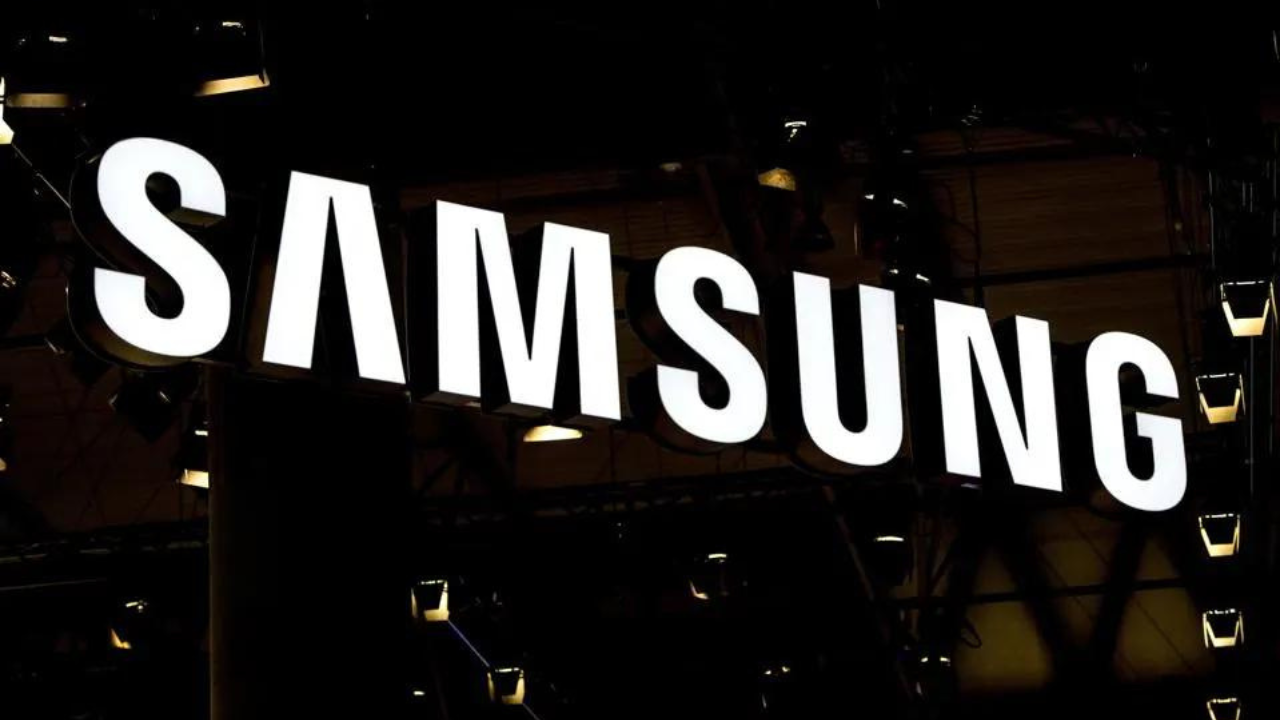Then came the time post which might have been a few years ago, when Samsung Pay always retained the South Korean crown. On the other hand, Apple, which by then already dominated the iPhone market, added Apple Pay to its arsenal of mobile payments competitors. Although initially booming, the Korean era of ApplePay looks like it’s over.
Another notable weak point is that Apple Pay is limited to NFC reading terminals, a feature that is only available to a small number of providers in South Korea. Unlike Samsung Pay which offers consumers a smart solution that works with almost all card readers, including older ones, Apple Pay is a completely one-tap system that simply requires attaching a credit or debit card to the phone and using the credit or debit card. Requires credit.
Debit transactions are executed with a single tap on the phone. Samsung Pay is expanding this implication, adding a larger number of users. Samsung Pay mobile payments have reached half of all mobile payments and surprisingly 70% of in-person contactless transactions.
It looks like there is a twist in the story ahead for Apple as they are losing their exclusive partnership with Hyundai Card in September. With other card issuers hesitant to make the switch to Apple due to transaction fees not being reflected in Samsung Pay, it’s uncertain how Apple Pay will survive in Korea. Apple’s shortcomings aside, the intuitive Samsung application makes Apple a clear winner in mobile payments over its South Korean rivals.



Leave a Reply